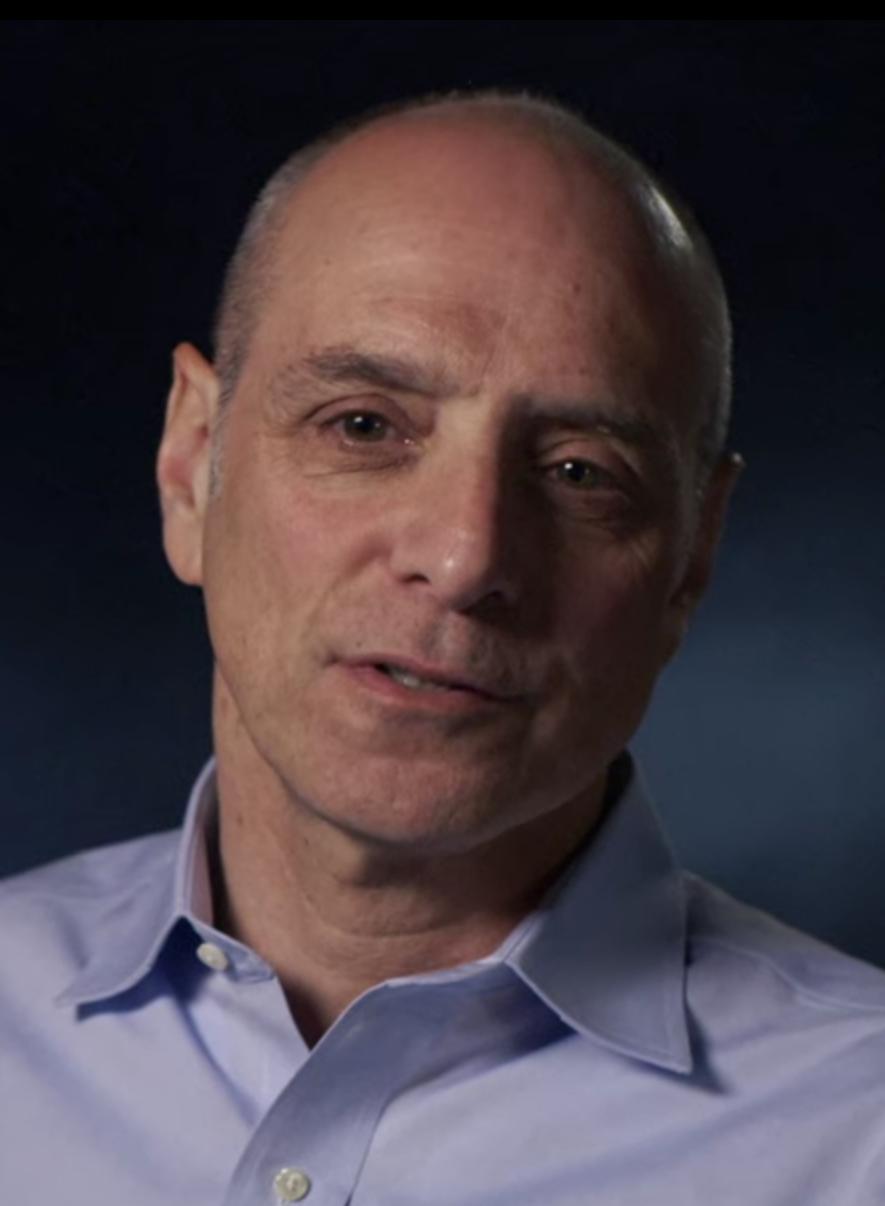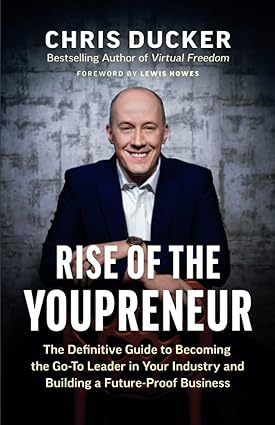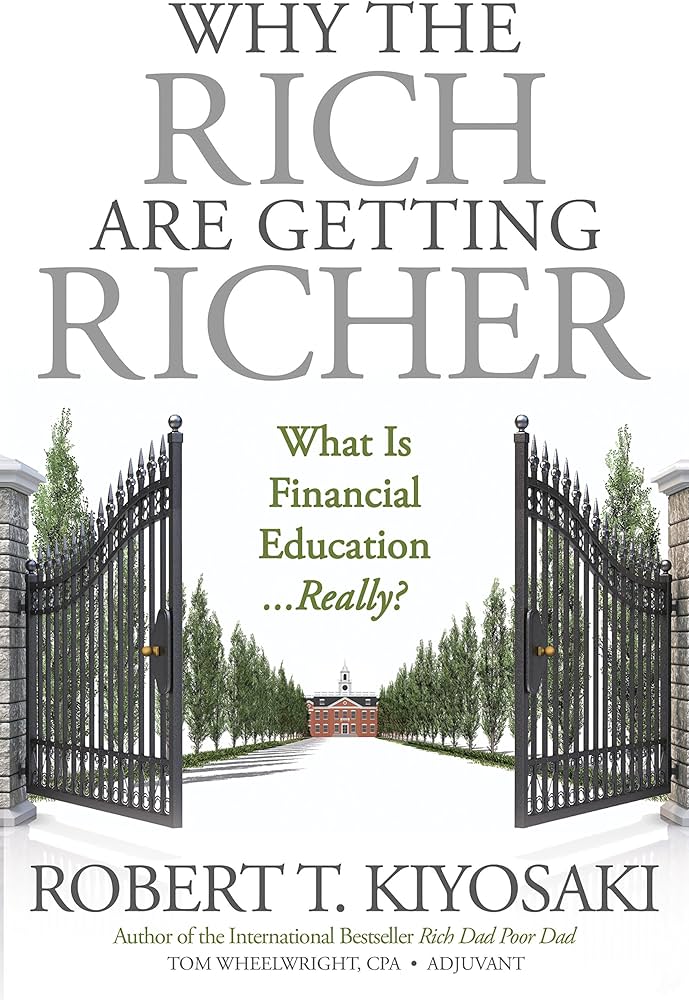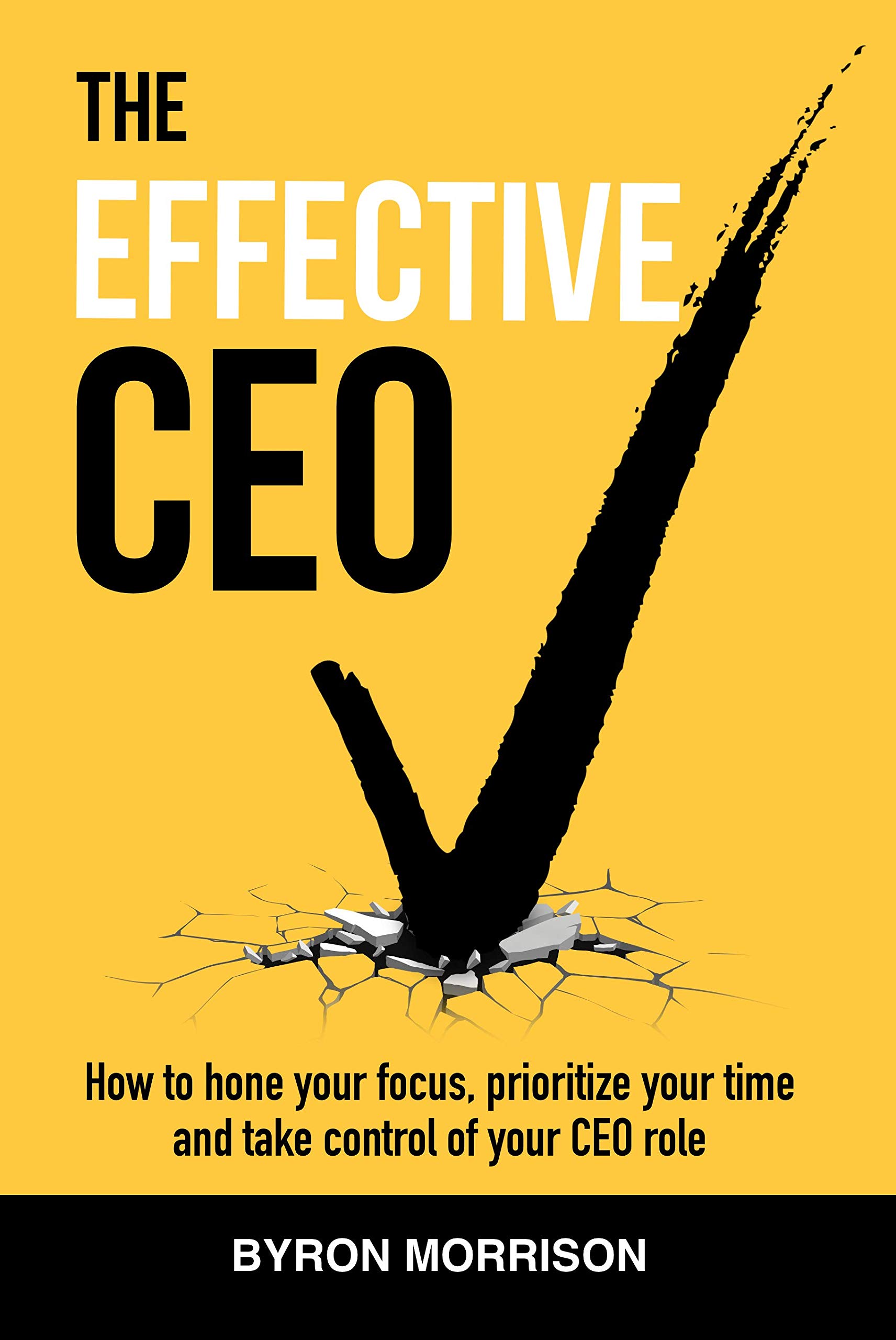Lesson 1. The revolutionary approach of the McDonald brothers.
Fast food eateries became popular in the 1940s, as ownership of cars and suburban expansion grew across the US.
Originally, fast food was served by waitresses on roller-skates at drive-ins in Southern California. Around the 1950s, drive-in restaurants, movies, and even churches became extremely popular. The combination of cheap food, cars, and attractive waitresses made fast food restaurants popular hangout spots for teenagers.
Then, Richard and Maurice McDonald entered the scene and totally revolutionized the fast food business. They focused on efficiency and speed, and cut costs down to a minimum.
They served a limited number of simple meals, which could be easily eaten, without the need of cutlery. The food and drinks were packaged in simple paper packaging. They also stopped serving people in cars.
Efficiency and speed were brought in by adoption of the principles of a factory assembly line. This involved assigning an employee a single, easy-to-master task, like flipping burgers or dressing salads.
The speed, convenience and affordability brought in a different category of customers. McDonald’s now became a place where families could take their children out for an affordable and tasty meal.
This business model became tremendously successful. Between 1960 and 1973, the number of McDonald’s outlets proliferated from 250 to 3,000. So, many other fast food chains, like Burger King, Wendy’s or Kentucky Fried Chicken, implemented the McDonald’s model.
The success of the assembly line mode of production radically changed the way we eat and live, all round the globe.
Lesson 2. Baiting children.
McDonald’s also owed its success due to its ability to effectively market to children. Around the same time, Walt Disney too was building the entertainment empire by catering to children. This may sound pretty strange, because children don’t earn money. Yet this proved to be an innovative, and effective, marketing strategy.
Children are perfect customers because they can pressurize their parents to buy stuff for them. Since the 1980s, parents have tended to spend less time with their children, and so have begun spending more on them for compensation. By appealing to children, companies can get parents to buy their products.
Children are also gullible, and so they tend to believe the promises made in commercials. And fast food chains effectively capitalise on this, and make commercials that specifically target children.
For instance, McDonald’s builds playgrounds at their restaurants to attract children. They also give away free toys with their meals, like in the famed “Happy Meals”.
This is an effective method. A study has
Unlock Knowledge with Wizdom App
Explore a world of insights and wisdom at your fingertips with the Wizdom app.
 1 Million+ App Download
1 Million+ App Download  4.9App Store Rating
4.9App Store Rating 5000+Summaries & Podcasts
5000+Summaries & Podcasts
Famous quotes from Fast Food Nation
- “The key to a successful franchise, according to many texts on the subject, can be expressed in one word: ‘uniformity.’ Franchises and chain stores strive to offer exactly the same product or service at numerous locations.” -Eric Schlosser
- “Fast food is now so commonplace that it has acquired an air of inevitability, as though it were somehow unavoidable, a fact of modern life.” -Eric Schlosser
- “Richard McDonald . . . though untrained as an architect . . . came up with a design [for McDonald’s stores] that was simple, memorable, and archetypal. On two sides of the roof he put golden arches, lit by neon at night, that from a distance formed the letter M.” -Eric Schlosser
- “Despite all the talk in Colorado about aerospace, biotech, computer software, telecommunications, and other industries of the future, the largest private employer in the state today is the restaurant industry . . . [it] has grown faster than the population.” -Eric Schlosser
- “The fast food industry pays the minimum wage to a higher proportion of its workers than any other American industry. Consequently, a low minimum wage has long been a crucial part of the fast food industry’s business plan.” -Eric Schlosser
- “As franchises and chain stores opened across the United States, driving along a retail strip became a shopping experience much like strolling down the aisle of a supermarket. Instead of pulling something off the shelf, you pulled into a driveway. The distinctive architecture of each chain became its packaging.” -Eric Schlosser
- “McDonald’s began to sell J. R. Simplot’s frozen french fries the following year. Customers didn’t notice any difference in taste. And the reduced cost of using a frozen product made french fries one of the most profitable items on the menu—far more profitable than hamburgers.” -Eric Schlosser
- “Since 1980, the tonnage of potatoes grown in Idaho has almost doubled, while the average yield per acre has risen by nearly 30 percent. But the extraordinary profits being made from the sale of french fries have barely trickled down to the farmers.” -Eric Schlosser
- “Many ranchers now fear that the beef industry is deliberately being restructured along the lines of the poultry industry. They do not want to wind up like chicken growers—who in recent years have become virtually powerless, trapped by debt and by onerous contracts written by the large processors.” -Eric Schlosser
- “The suicide rate among ranchers and farmers in the US is now about three times higher than the national average. The issue briefly received attention during the 1980s farm crisis, but has been pretty much ignored ever since.” -Eric Schlosser
- “Far from being a liability, a high turnover rate in the meatpacking industry—as in the fast food industry—also helps maintain a workforce that is harder to unionize and much easier to control.” -Eric Schlosser
- “Every day in the United States, nearly 200,000 people are sickened by foodborne disease, 900 are hospitalized, and fourteen die. . . . Most of these cases are never reported to the authorities or properly diagnosed.” -Eric Schlosser
- “As the fast food industry has grown more competitive in the United States, the major chains have looked to overseas markets for their future growth. The McDonald’s Corporation recently used a new phrase to describe its hopes for foreign conquest: ‘global realization.’” -Eric Schlosser
- “As people eat more meals outside the home, they consume more calories, less fiber, and more fat.” -Eric Schlosser
- “The annual cost of obesity alone is now twice as large as the fast food industry’s total revenues.” -Eric Schlosser
- “[At the fast food counter], think about where the food came from, about how and where it was made, about what is set in motion by every single fast food purchase, the ripple effect near and far, think about it. Then place your order. Or turn and walk out the door. It’s not too late. Even in this fast food nation, you can still have it your way.” -Eric Schlosser
- “Hundreds of millions of people buy fast food every day without giving it much thought, unaware of the subtle and not so subtle ramifications of their purchases . . . They should know what really lurks between those sesame-seed buns. As the old saying goes: You are what you eat.” -Eric Schlosser
- “The typical American child now spends about twenty-one hours a week watching television—roughly one and a half months of TV every year....Outside of school, the typical American child spends more time watching television than doing any other activity except sleeping. During the course of a year, he or she watches more than thirty thousand TV commercials.” -Eric Schlosser
- “The Golden Arches are now more widely recognized than the Christian cross.” -Eric Schlosser
- “Americans now spend more money on fast food than on higher education, personal computers, computer software, or new cars. They spend more on fast food than on movies, books, magazines, newspapers, videos, and recorded music combined.” -Eric Schlosser
- “The history of fast food is the history of postwar America.” -Eric Schlosser
- “Fast food chains have become one of the leading youth employers in the nation.” -Eric Schlosser
- “The more Americans cook, the worse they do financially.” -Eric Schlosser
- “We don't merely buy fast food; we invest our hard-earned money into its products.” -Eric Schlosser
- “Fast food is the perfect solution for busy, multitasking Americans who want a quick and convenient meal.” -Eric Schlosser
- “The fast food industry has perfected the art of making unhealthy food taste irresistibly good.” -Eric Schlosser
- “Fast food companies have mastered the art of making cheap, low-quality ingredients look and taste appealing.” -Eric Schlosser
- “By injecting large quantities of fat, salt, and sugar into their products, fast food companies have engineered them to be addictive.” -Eric Schlosser
- “Fast food is not just about sustenance; it's a highly sophisticated business model that thrives on consumer psychology and cultural forces.” -Eric Schlosser
- “Fast food has created a culture of instant gratification, where waiting for something is seen as a nuisance.” -Eric Schlosser
- “Fast food restaurants have become symbols of American culture, representing speed, efficiency, and convenience.” -Eric Schlosser
- “The dark side of fast food is hidden behind the scenes, in the factories and slaughterhouses that supply the industry.” -Eric Schlosser
- “The meatpacking industry has transformed into a highly mechanized system that prioritizes speed and efficiency over worker safety and animal welfare.” -Eric Schlosser
- “Fast food restaurants rely on cheap labor, often hiring young, inexperienced workers who are willing to work for minimum wage.” -Eric Schlosser
- “The fast food industry has seen a dramatic increase in the use of immigrants, particularly undocumented workers, who are vulnerable to exploitation.” -Eric Schlosser
- “Fast food workers are often subjected to low wages, long hours, and unsafe working conditions.” -Eric Schlosser
- “The fast food industry has successfully lobbied against raising the minimum wage, ensuring their profits remain high at the expense of their workers.” -Eric Schlosser
- “Fast food chains have a significant influence on the diets of children, promoting unhealthy food choices through aggressive advertising.” -Eric Schlosser
- “The rise of fast food has contributed to the obesity epidemic in America, with its high calorie, low-nutrient meals.” -Eric Schlosser
- “Fast food has also played a role in the decline of traditional family meals, as more people opt for the convenience of eating out.” -Eric Schlosser
- “Fast food has permeated every aspect of our society, from our schools to our sports arenas.” -Eric Schlosser
- “The quality of our food has been sacrificed for the sake of profit and convenience.” -Eric Schlosser
- “Fast food has led to the standardization of taste, with local flavors and regional cuisines becoming increasingly rare.” -Eric Schlosser
- “The fast food industry has created a demand for cheap, processed foods, leading to a decline in the consumption of fresh, whole foods.” -Eric Schlosser
- “Fast food companies have a responsibility to provide consumers with healthier options, rather than perpetuating a cycle of unhealthy eating.” -Eric Schlosser
- “The popularity of fast food has made it difficult for small, local restaurants to compete, resulting in the loss of culinary diversity.” -Eric Schlosser
- “Fast food restaurants have turned eating into a mindless activity, where we consume without thinking about the consequences.” -Eric Schlosser
- “The fast food industry perpetuates a culture of waste, with excessive packaging and disposable products.” -Eric Schlosser
- “We have the power to change the fast food industry by demanding healthier options, supporting local businesses, and prioritizing quality over convenience.” -Eric Schlosser
Reviews for Summary of Fast Food Nation
Unlock Fast Food Nation Lessons!

- Lesson 1. The revolutionary approach of the McDonald brothers.
- Lesson 2. Baiting children.
- Lesson 3. Exploitative employee policies.
- Lesson 4. The franchise model puts individual business owners at a disadvantage.
- Lesson 5. The menace of artificial flavouring.
- Lesson 6. Exploitation of farmers.
- Lesson 7. The meatpacking industry hires cheap, unskilled labour.
- Lesson 8. Hazards of working in a slaughterhouse.
- Lesson 9. Contaminated meat put the health of millions in jeopardy.
- Lesson 10. Why fast food chains have spread all over the world.
FAQs
In the summary of Fast Food Nation book, there are 10 key lessons. These lessons include:
- Lesson 1. The revolutionary approach of the McDonald brothers.
- Lesson 2. Baiting children.
- Lesson 3. Exploitative employee policies.
- Lesson 4. The franchise model puts individual business owners at a disadvantage.
- Lesson 5. The menace of artificial flavouring.
- Lesson 6. Exploitation of farmers.
- Lesson 7. The meatpacking industry hires cheap, unskilled labour.
- Lesson 8. Hazards of working in a slaughterhouse.
- Lesson 9. Contaminated meat put the health of millions in jeopardy.
- Lesson 10. Why fast food chains have spread all over the world.








